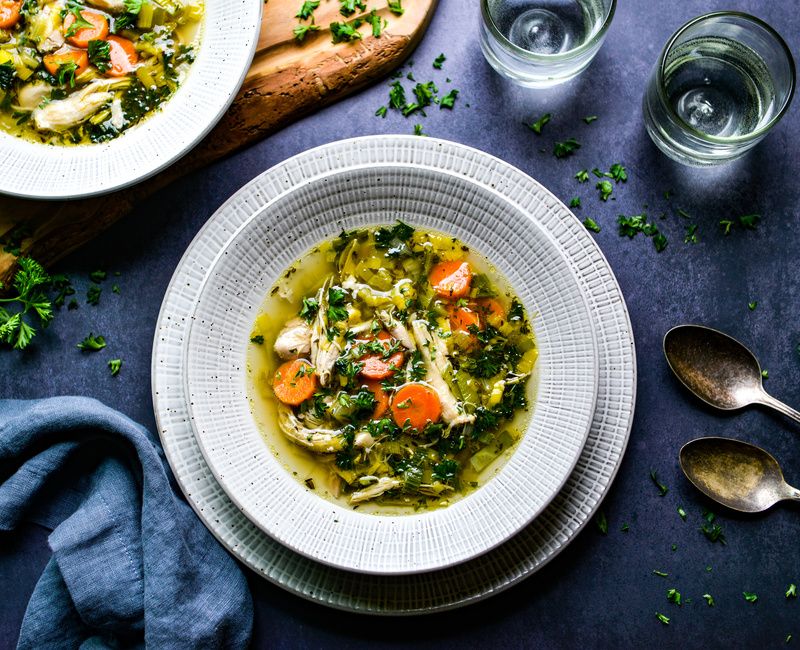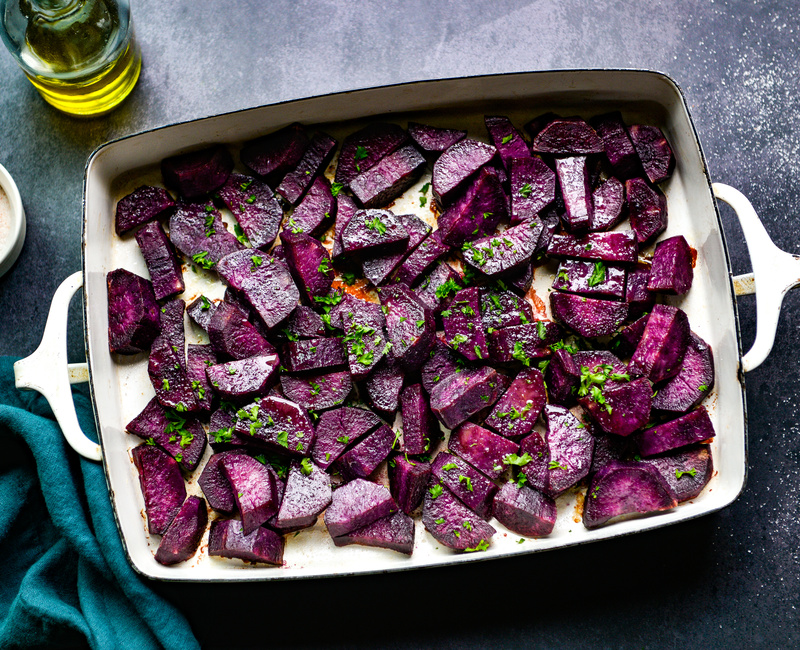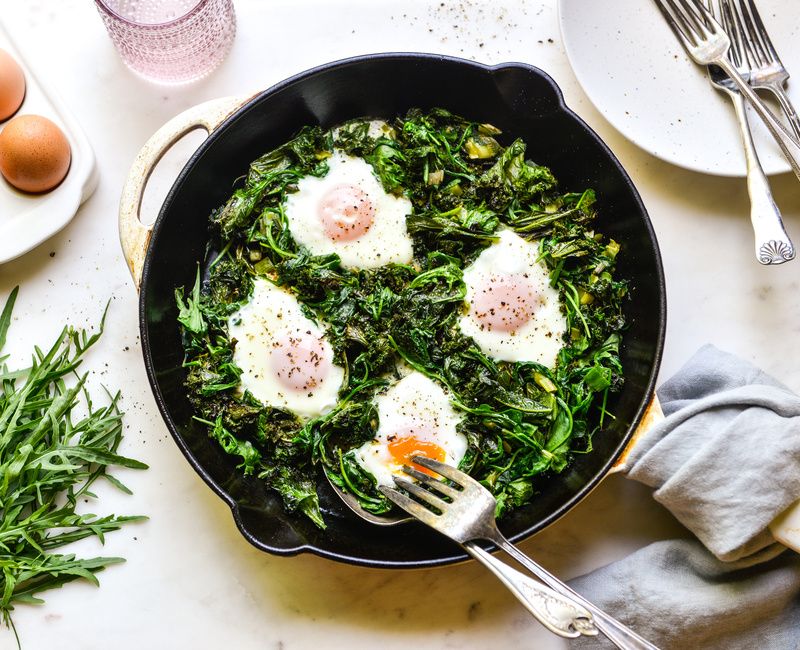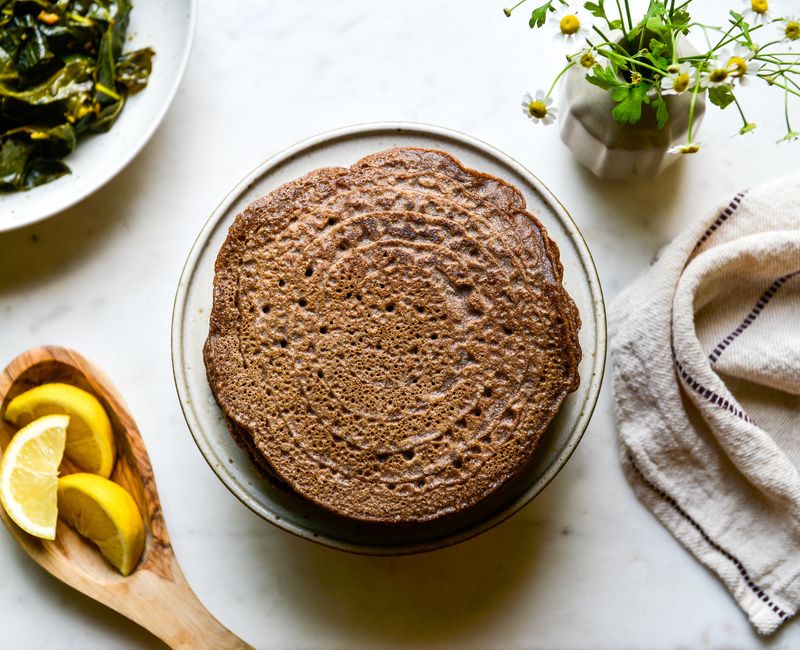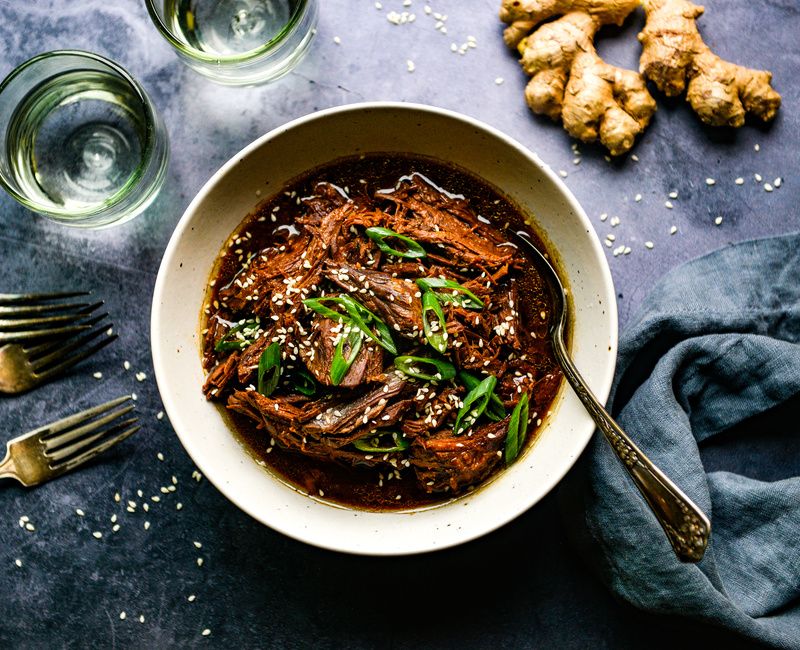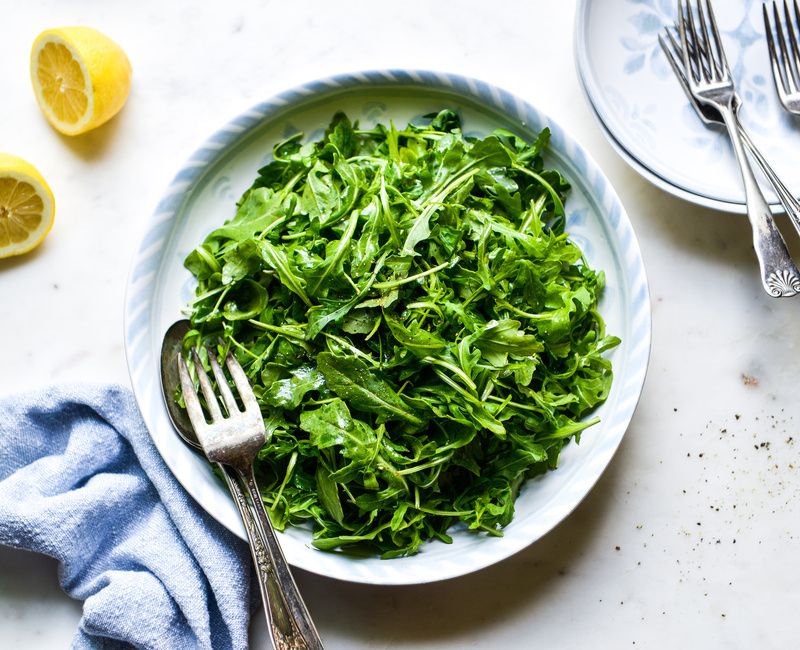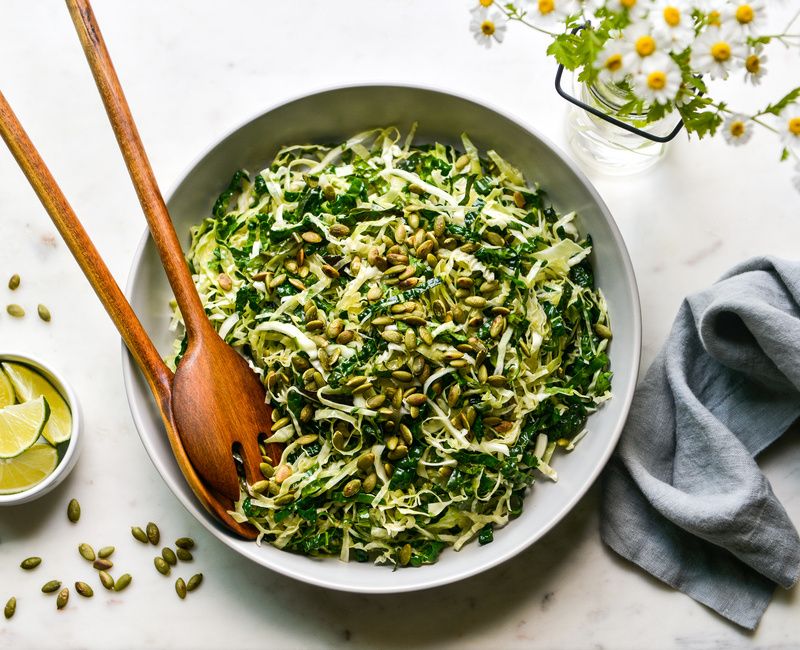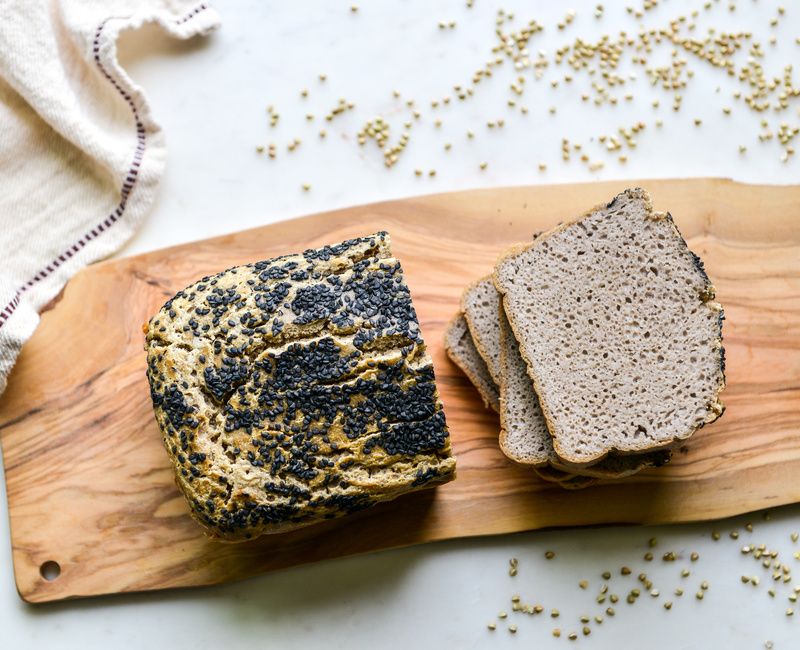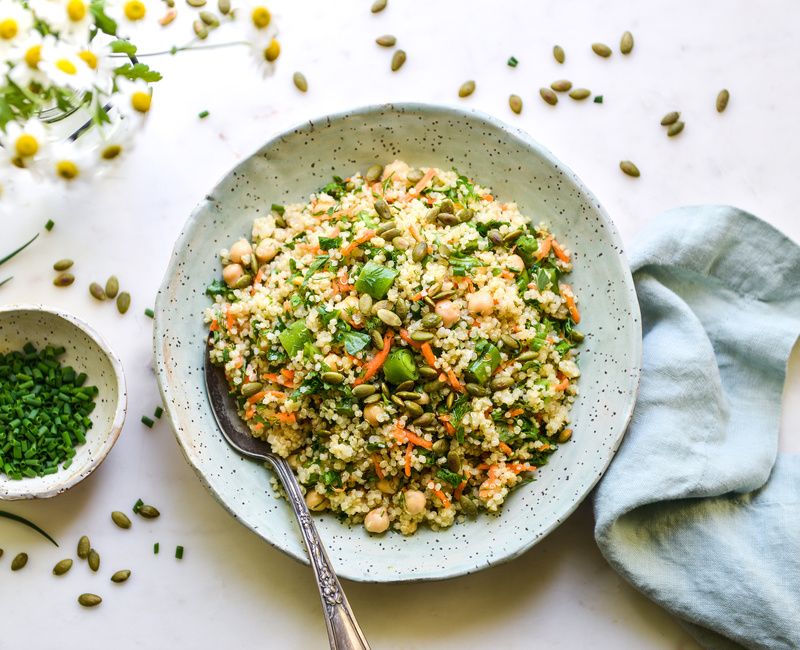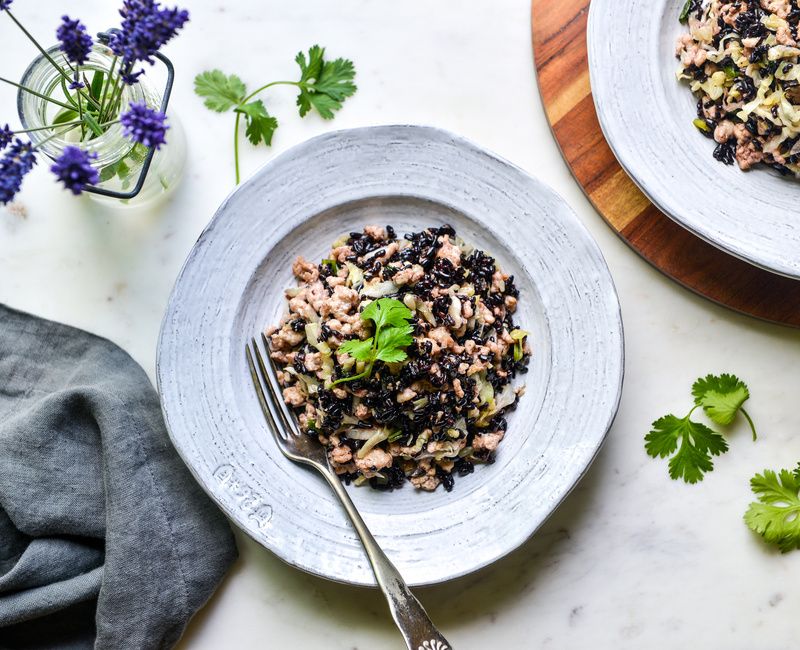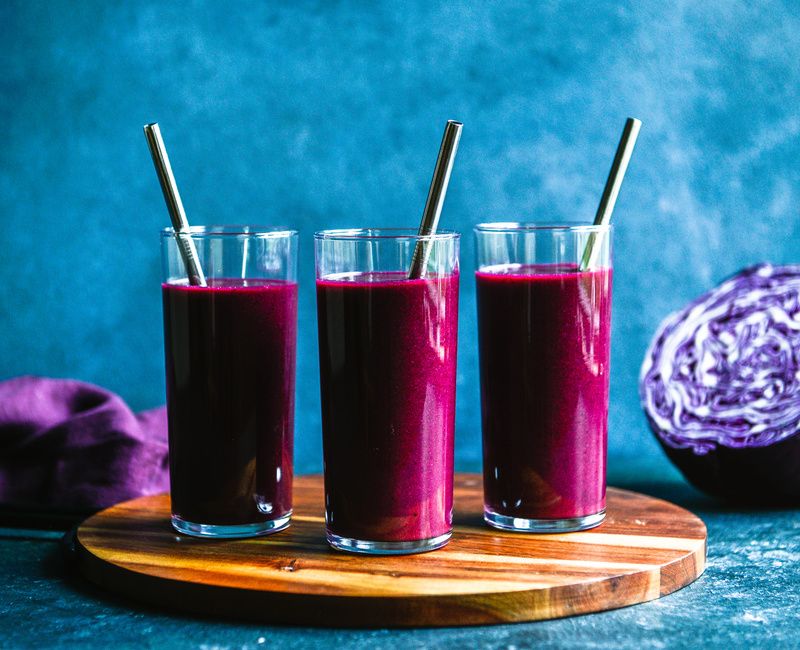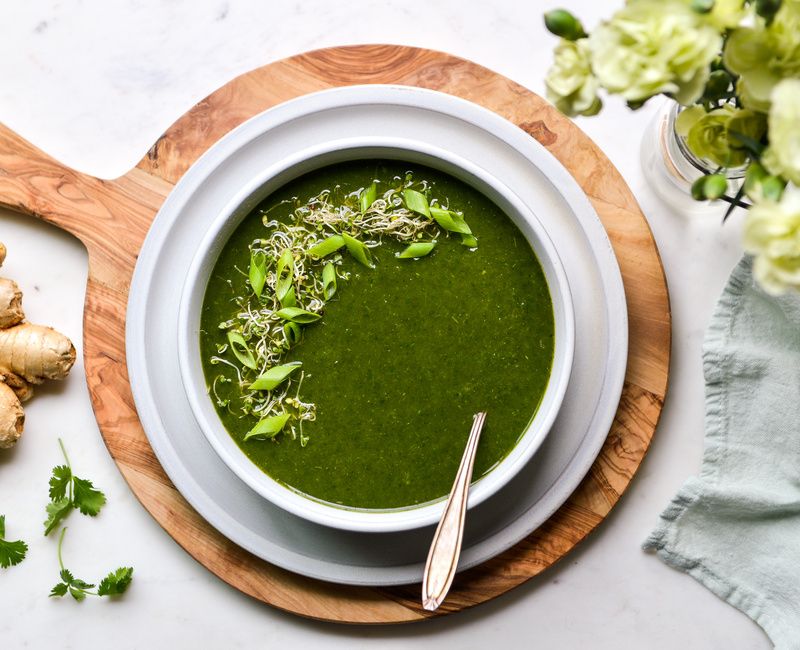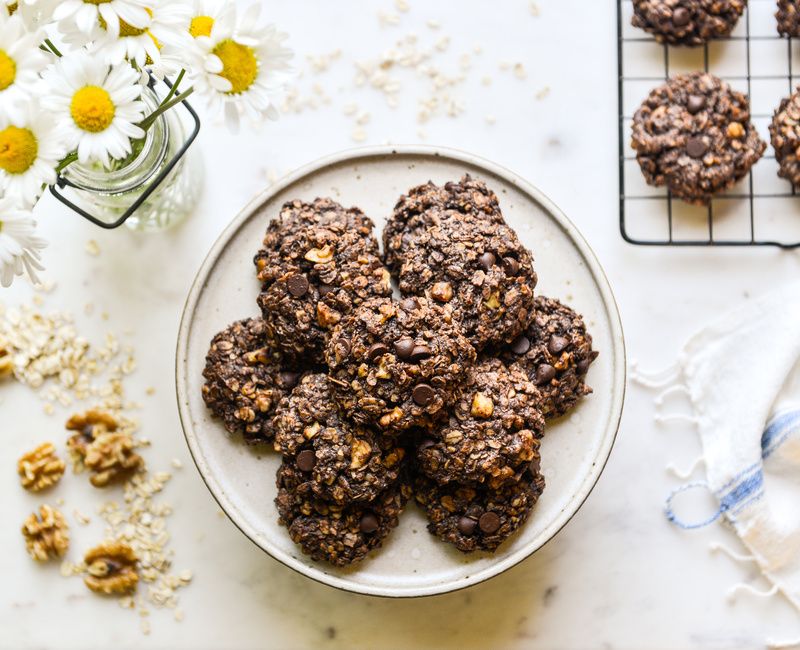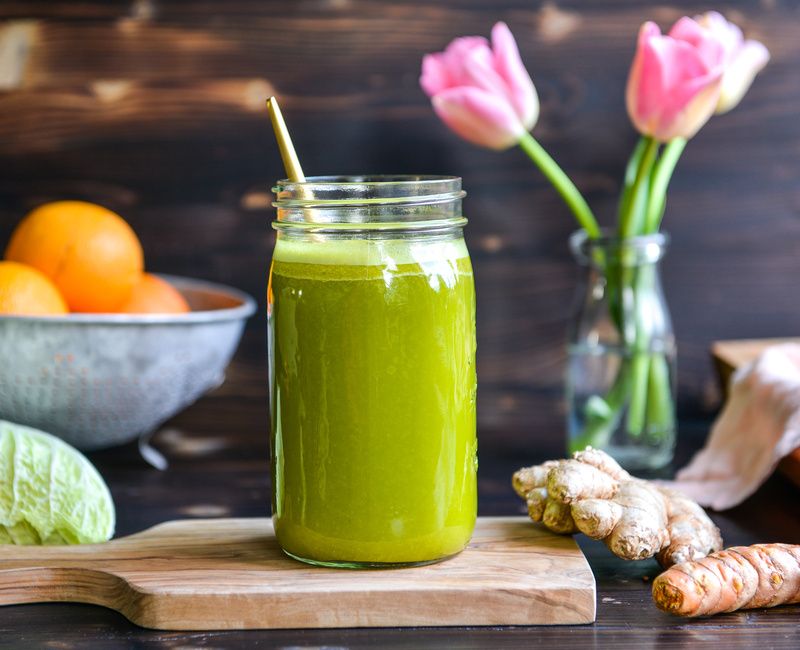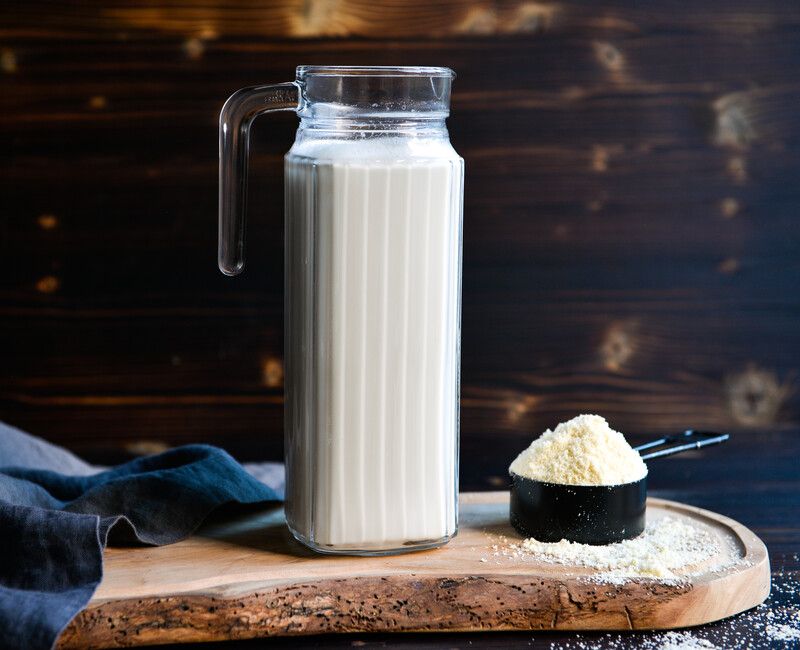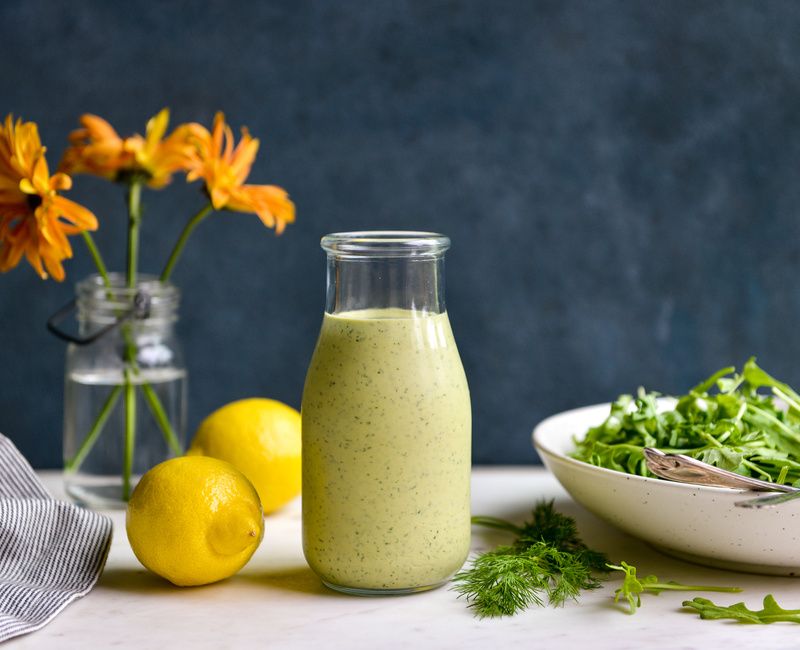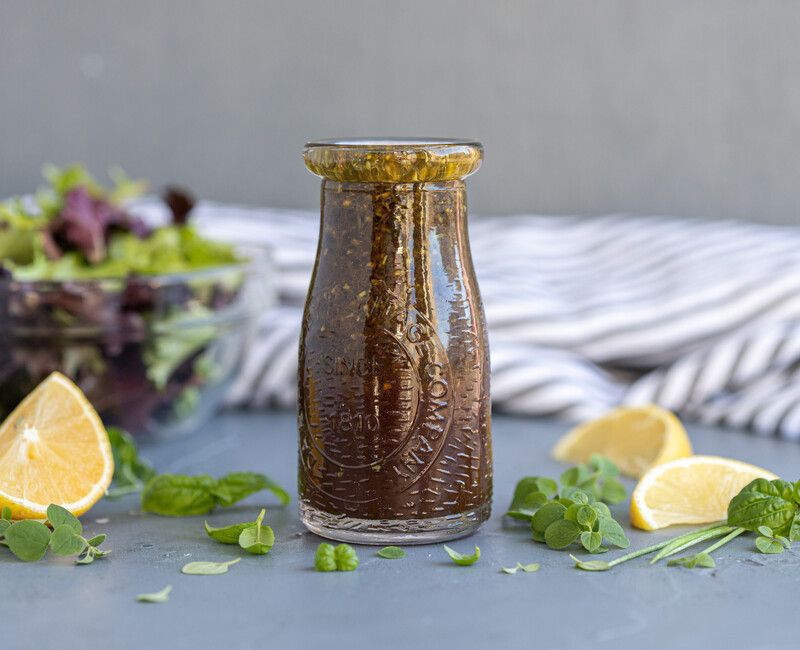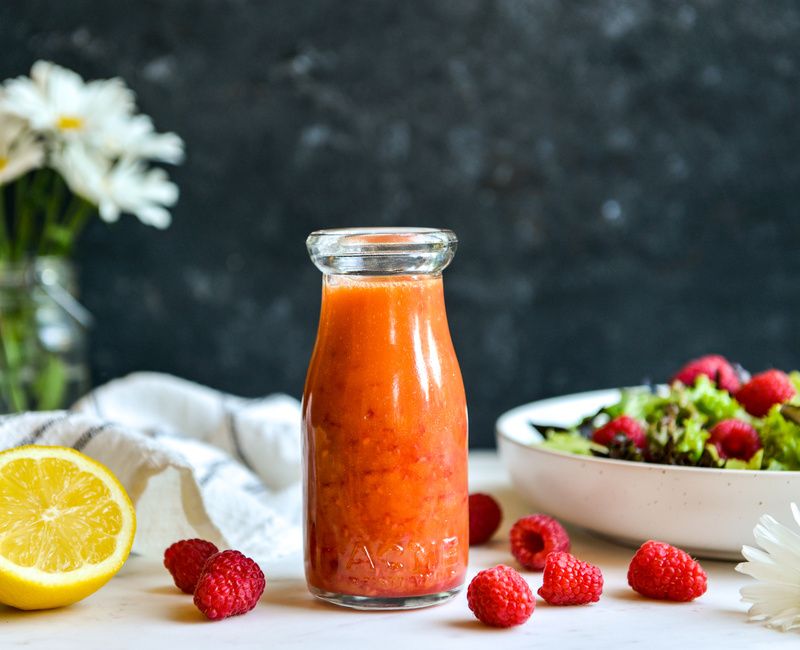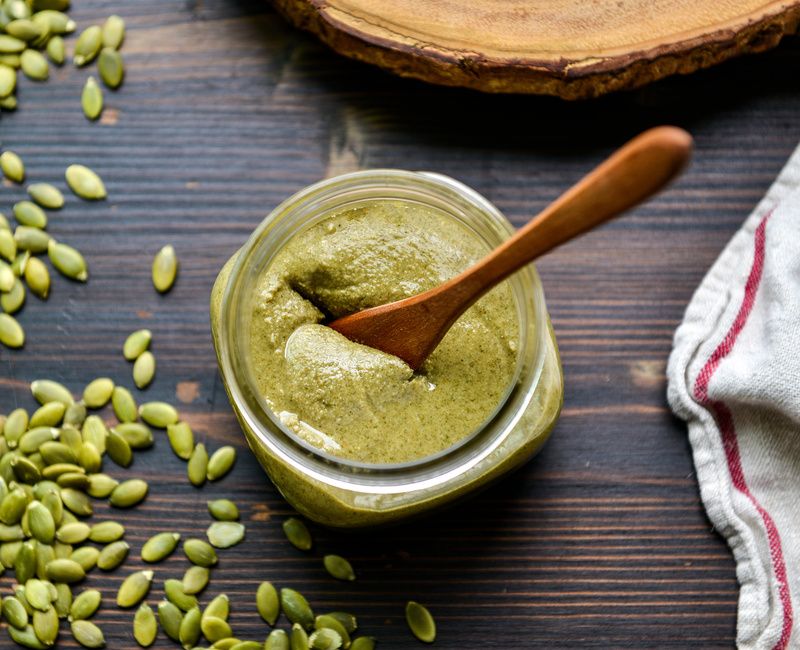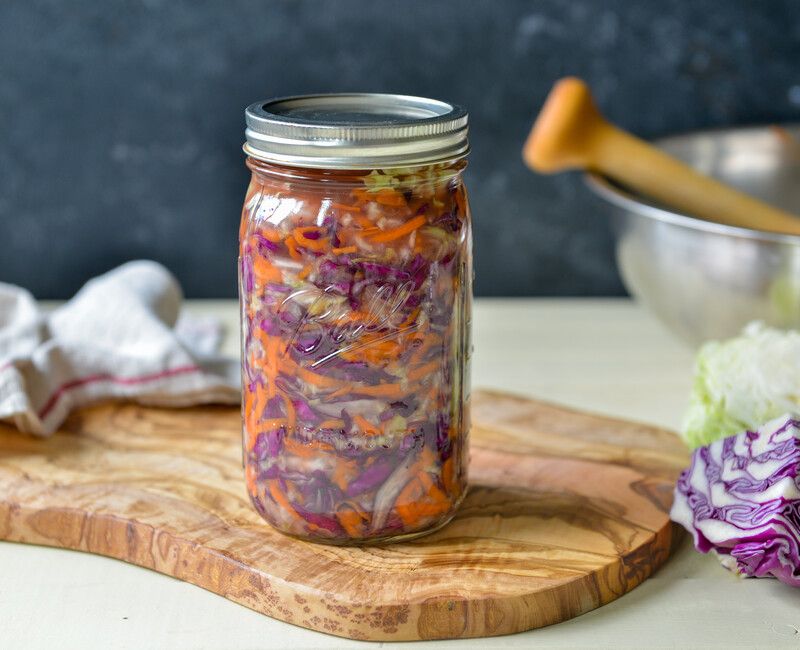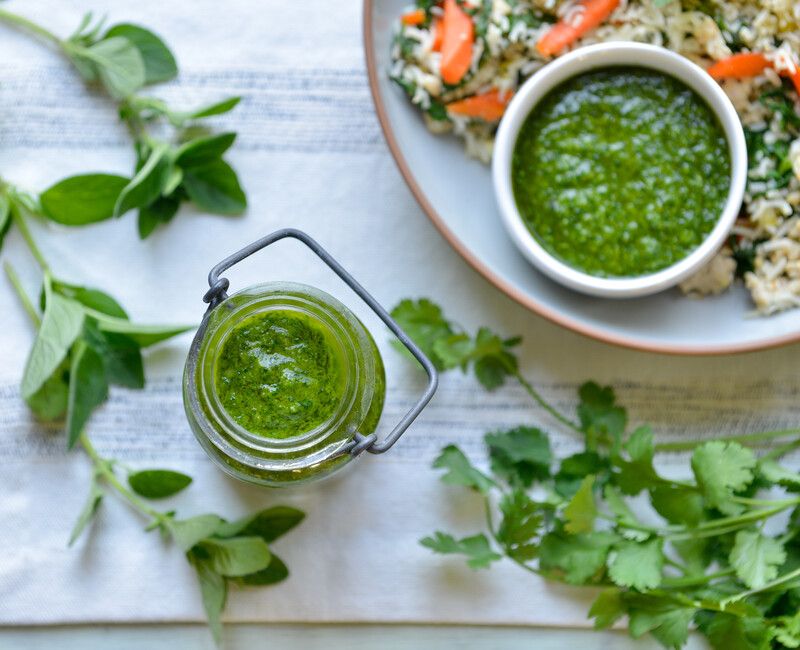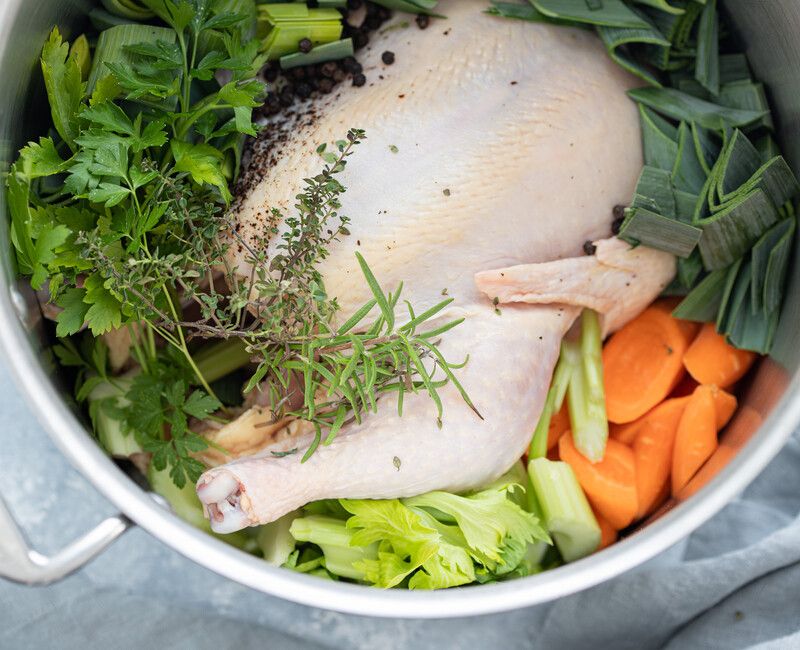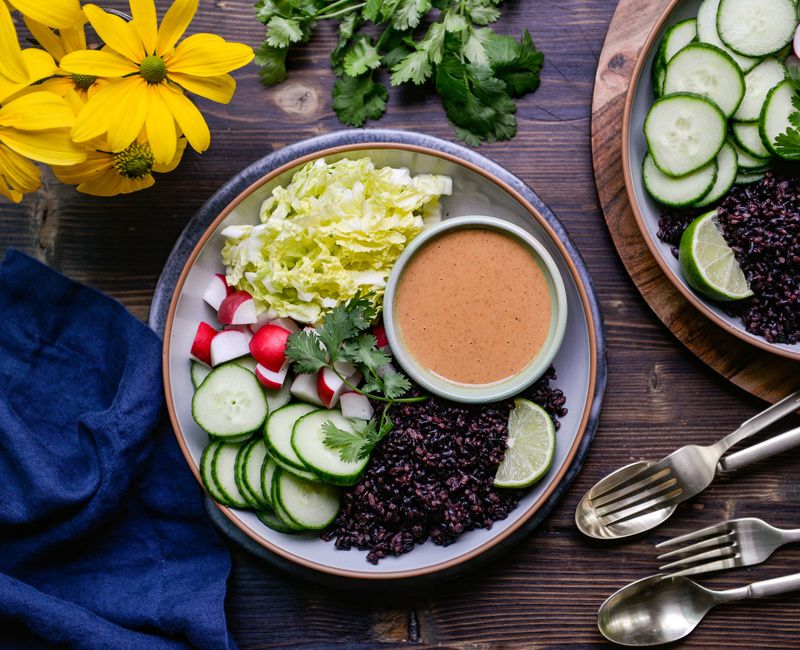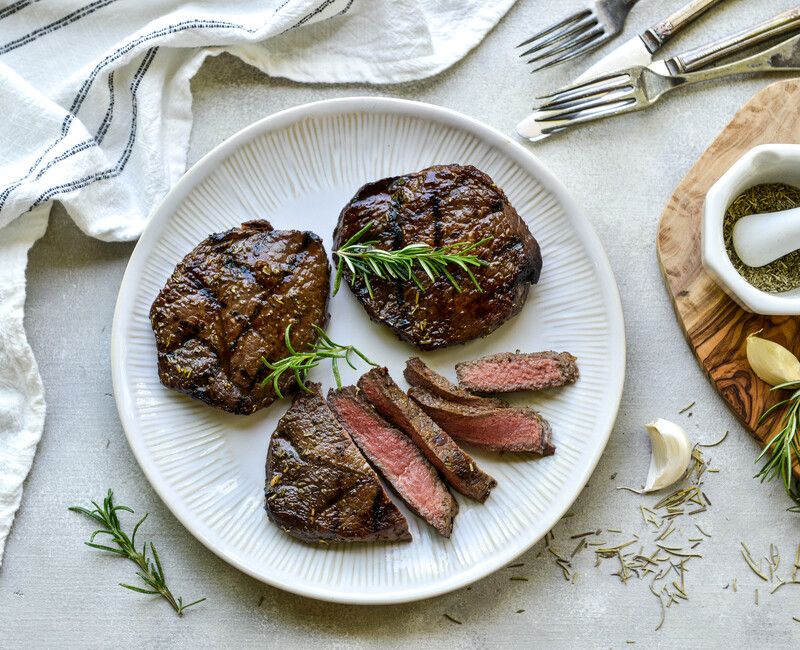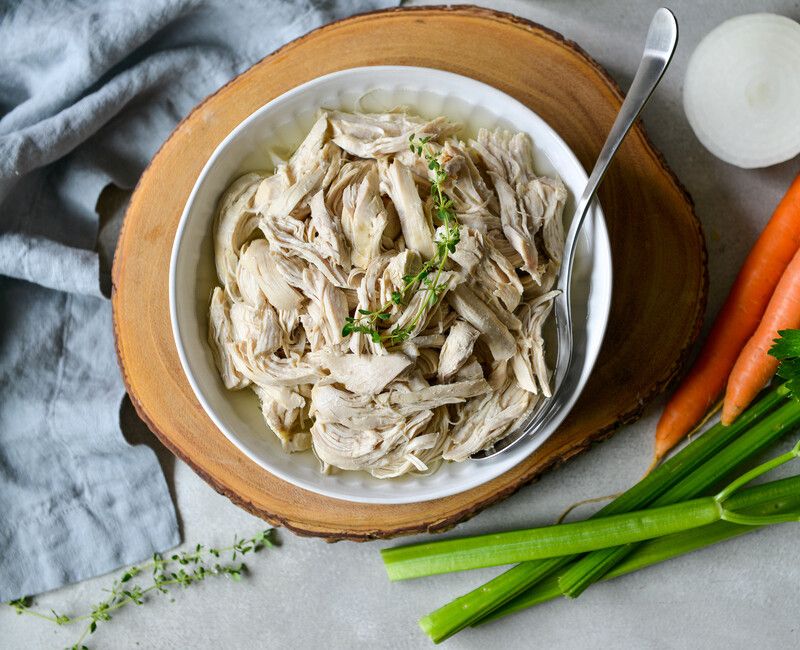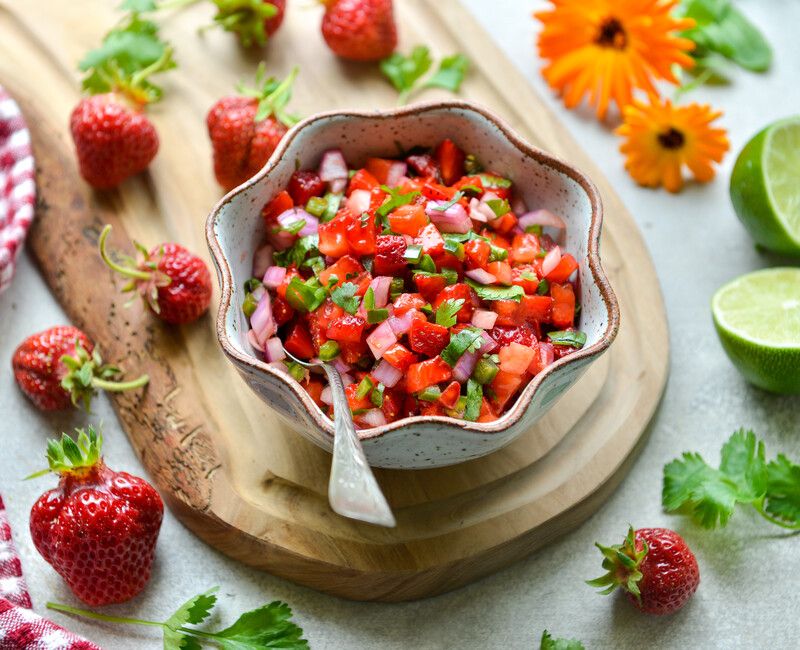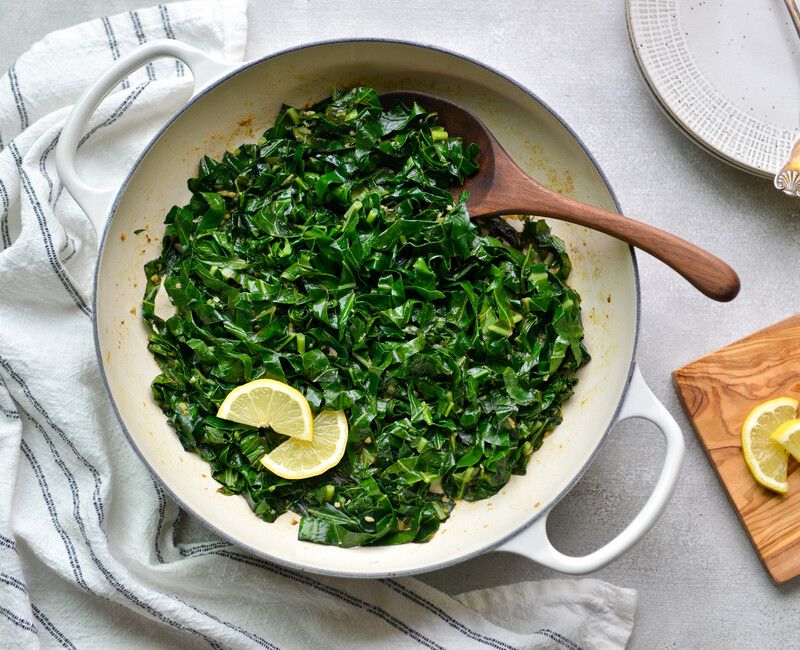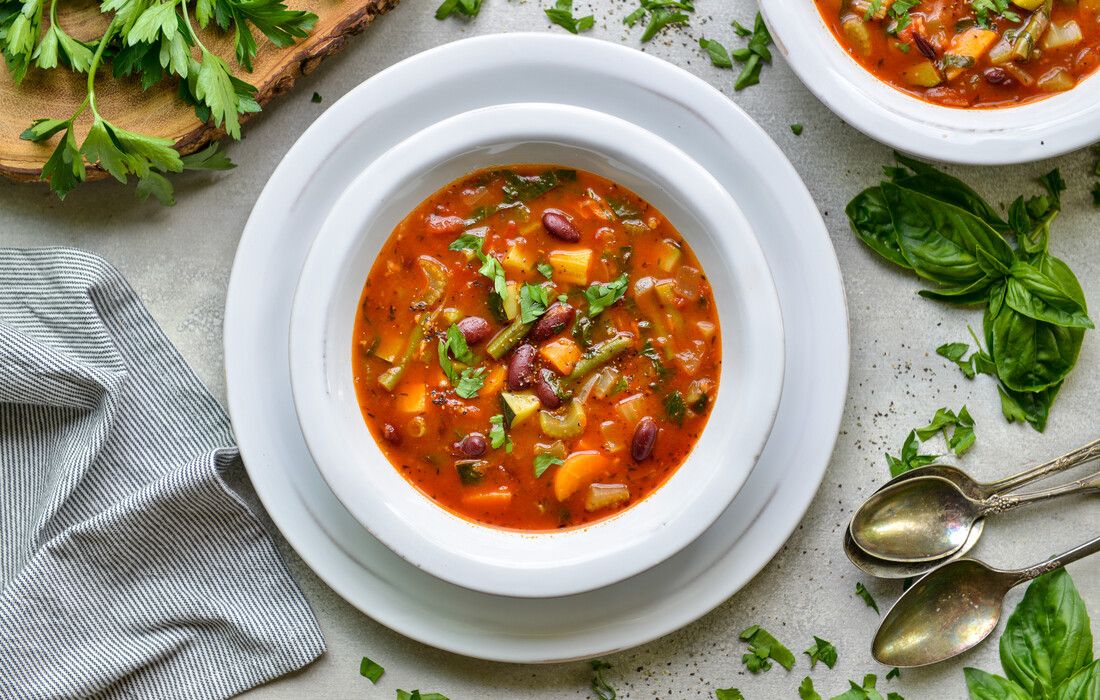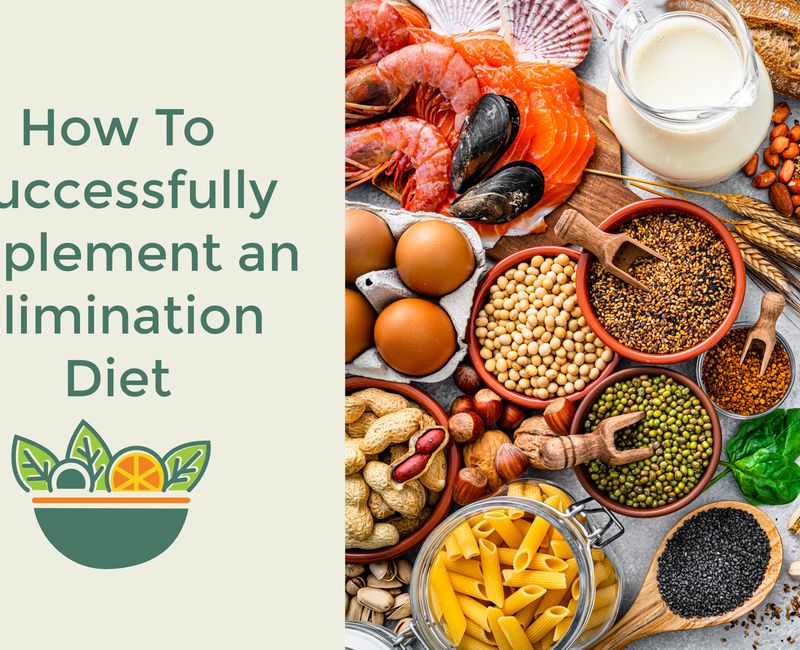Low-FODMAP Diet
When your digestion feels unpredictable—bloating after meals, rushing to the bathroom, or simply feeling exhausted no matter what you eat—it’s easy to feel discouraged, or even defeated. But these symptoms are not your destiny. They are signals—signposts from your body asking for support, clarity, and healing. The Low-FODMAP Diet offers a structured and science-backed way to uncover what foods are triggering your symptoms. It’s a therapeutic approach designed to reduce digestive discomfort, calm inflammation, and restore balance to your gut microbiome. Whether you’re navigating IBS, SIBO, or simply feeling off in your gut, this journey can be the beginning of deep and lasting transformation—one that reconnects you to the joy of eating, and the nourishment your body truly needs.

Latest DASH Diet Recipes
Low-FODMAP Diet Safe with Modifications
What is the Low-FODMAP Diet?
The Low-FODMAP Diet is a specialized, science-backed eating plan designed to reduce symptoms of irritable bowel syndrome (IBS), small intestinal bacterial overgrowth (SIBO), and other digestive disorders. FODMAPs—an acronym for Fermentable Oligosaccharides, Disaccharides, Monosaccharides, and Polyols—are specific types of fermentable carbohydrates that can trigger bloating, gas, abdominal pain, and changes in bowel habits in sensitive individuals.
This diet works by temporarily eliminating high-FODMAP foods, allowing the gut to rest and inflammation to subside, followed by a structured reintroduction phase to identify specific food triggers. The Low-FODMAP approach is rooted in clinical research and has shown to be effective in managing gastrointestinal symptoms, improving quality of life, and supporting gut-brain balance.
Who is the Low-FODMAP Diet For?
This diet is ideal for individuals who struggle with symptoms such as:
-
Abdominal bloating, pain, or distention
-
Gas or excessive flatulence
-
Diarrhea, constipation, or alternating bowel habits
-
Post-meal nausea
-
A diagnosis of IBS, SIBO, or functional gut disorders
- Inability to fall asleep (due to gut imbalances)
- Fibromyalgia
- Joint pain
- Headaches
- Chronic fatigue
It may also benefit those experiencing gut-related anxiety, low-grade inflammation, and histamine intolerance—particularly when guided by a knowledgeable practitioner.
How Does the Low-FODMAP Diet Work?
The diet is implemented in two key phases:
-
Elimination Phase (4 to 6 weeks): All high-FODMAP foods are removed to calm the gut, reduce fermentation, and decrease symptom load.
-
Reintroduction Phase: FODMAP groups are reintroduced methodically—one at a time—to identify which types cause symptoms. This phase provides a roadmap for long-term symptom-free eating.
The goal is to liberate your diet over time, creating a more flexible, personalized way of eating that supports both digestive wellness and emotional freedom around food.
Foods to Eat During the Low-FODMAP Diet Elimination Phase:
There are so many delicious, healing whole foods you can enjoy while in the elimination phase of the low-FODMAP Diet. It may take time to adjust to cooking without onions, garlic, and other staples, but with a little creativity and the right recipes, nourishing meals come together easily.
-
Grains: Brown rice, wild rice, millet, quinoa, teff, corn, oats (gluten-free), buckwheat, and amaranth
-
Proteins: All fresh meat, poultry, fish, and eggs
-
Dairy Alternatives: Aged cheeses (e.g., cheddar, parmesan), yogurt fermented 24 hours, lactose-free dairy
-
Vegetables: Leafy greens (lettuce, kale, spinach, napa cabbage), root vegetables (carrots, parsnips, rutabaga, potatoes, small amounts of sweet potato), nightshades (tomatoes, bell peppers, chili peppers, small amounts of eggplant), winter squash (kabocha, delicata, small amounts of sugar pie pumpkin)
-
Alliums: Chives, green parts of scallions and leeks
-
Fruits: Pineapple, kiwi, grapes, strawberries, raspberries, citrus, blueberries, raspberries
-
Nuts & Seeds: Pumpkin, sunflower, sesame, flax, chia, macadamia nuts, pecans, walnuts, and small amounts of almonds
-
Fats: Olive oil, avocado oil, coconut oil, butter
-
Sweeteners: Maple syrup, maple sugar, cane sugar (small amounts of coconut sugar occasionally)
Foods to Avoid During the Low-FODMAP Diet Elimination Phase:
These foods are high in fermentable carbohydrates and should be avoided during the elimination phase. Remember, these are only avoided temporarily and may be reintroduced later, depending on tolerance.
-
Onions, garlic, shallots, leeks (white parts)
-
Wheat, rye, barley (except in small amounts)
-
Milk, soft cheeses, cream, yogurt with lactose
-
Apples, pears, watermelon, mango, stone fruits
-
Legumes: lentils, chickpeas (larger amounts), kidney beans, black beans
-
Sweeteners: xylitol, erythritol
-
Mushrooms (button, portobello), cauliflower, asparagus
How to Reintroduce High-FODMAP Foods:
After a minimum of 4 to 6 weeks on a Low-FODMAP diet (or as directed by your health care practitioner), begin by reintroducing each high FODMAP food category.
Begin by adding back in Fructans (start with half of an onion or a few cloves of garlic in your food), then test GOS (add in 1 cup of soaked and cooked chickpeas), then test for Lactose intolerance by drinking a half cup of milk daily for 3 days, next test for Fructose intolerance by including a half of an apple daily for 3 days, and lastly test for Polyols by consuming a half of a peach (for sorbitol) and then include 3.5 ounces of button mushrooms (for mannitol).
Once you have figured out which food groups you cannot tolerate you can use the Search feature here on Nourishing Meals® to find recipes that only remove one or more of these high FODMAP food groups. This way you can include more foods in your diet instead of removing all high FODMAP foods!
Benefits of the Low-FODMAP Diet:
-
Reduces bloating, gas, and abdominal discomfort
-
Improves stool consistency and bowel regularity
-
Supports gut-brain health and mood balance
-
Enhances energy, sleep, and overall wellbeing
-
Identifies specific food triggers with clarity
-
Provides a sustainable path toward digestive healing
Challenges and Drawbacks:
-
Can feel restrictive or overwhelming at first
-
Requires label-reading and home cooking
-
Dining out may be more challenging
-
Risk of reducing gut microbial diversity if followed too long without reintroduction
-
Best done with guidance for accuracy and success
With the right support and nourishing recipes, these challenges become manageable—and the insight you gain is lasting.
How Do I Start the Low-FODMAP Diet?
-
Become a Nourishing Meals® Member to access Low-FODMAP recipes, meal plans, and grocery tools.
-
Select Low-FODMAP as your diet profile, and add any additional allergens.
-
Use our advanced search filters to find recipes that are Fructan-Free, GOS-Free, Lactose-Free, etc.
-
Download pre-made Low-FODMAP meal plans or build your own with our calendar tool.
-
Create a shopping list with one click to stay organized.
-
Download the Monash FODMAP App for updated food lists and portion guidance.
-
Join our Nourishing Meals Community Facebook Group for support, new recipes, and shared success stories.
Your Invitation
Healing the gut is never just about digestion—it’s also about calming the nervous system, restoring balance to the gut-brain axis, and creating space for your body to thrive. When you remove high-FODMAP foods and nourish yourself with what truly supports you, you’re not only soothing physical symptoms—you’re creating a ripple of healing that touches your energy, your mood, your clarity, and your sense of self. This is the power of food as medicine—and the power of listening deeply to your body.
✨ Try Nourishing Meals® free for 7 days and discover how simple—and deeply healing—it can be to follow a therapeutic diet that supports your whole-body vitality.
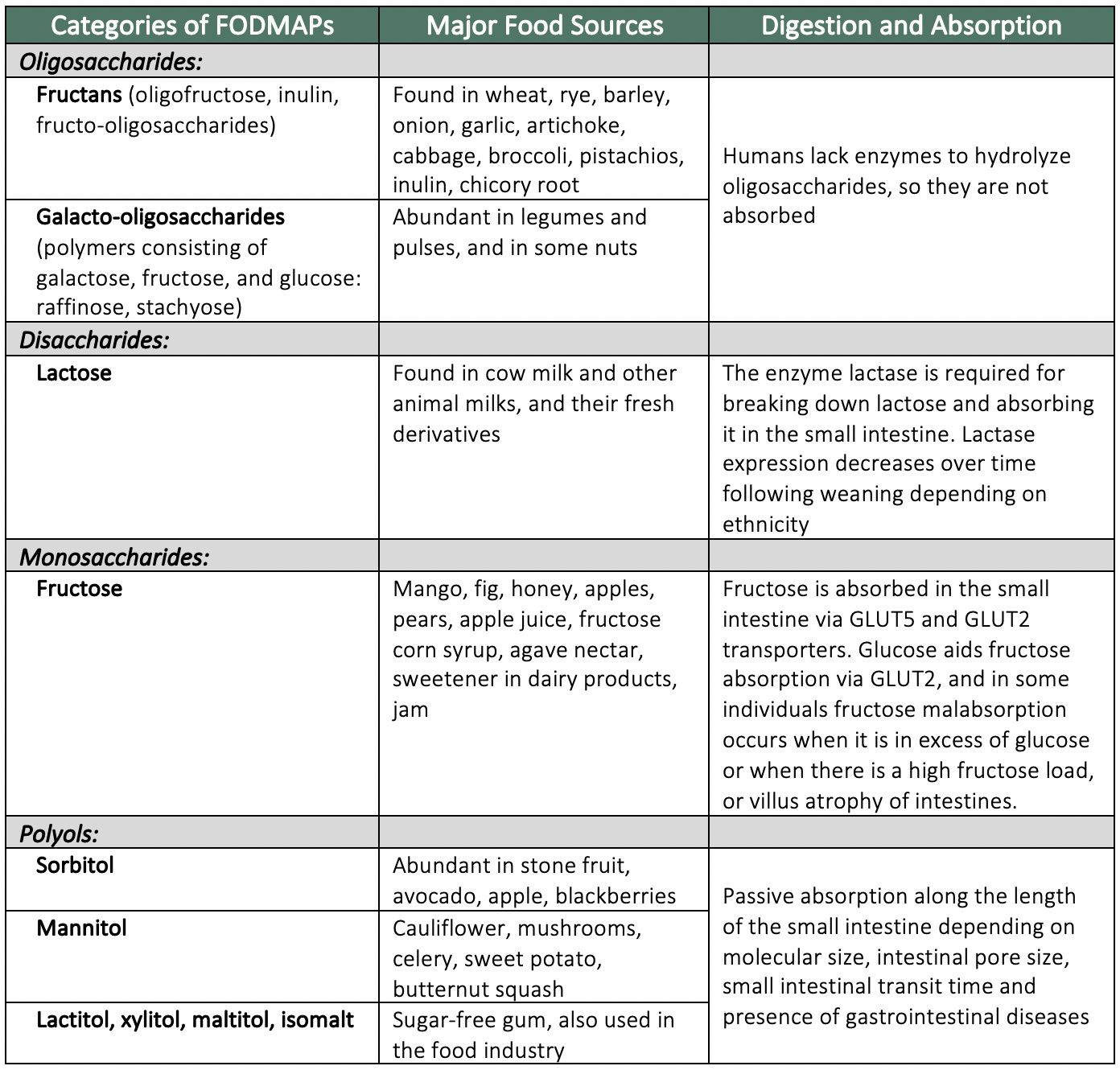
| Plan | Length | Actions |
|---|---|---|
Low-FODMAP Lunches Week 1 |
6 days | Please login to view and schedule plans |
Low-FODMAP Thanksgiving |
0 days | Please login to view and schedule plans |
Low-FODMAP Fall Meals |
10 days | Please login to view and schedule plans |
Low-FODMAP + Grain-Free Dinners |
9 days | Please login to view and schedule plans |
Low-FODMAP Elimination Diet Meal Plan |
7 days | Please login to view and schedule plans |
3-Day Low-FODMAP Meal Plan |
3 days | Please login to view and schedule plans |
